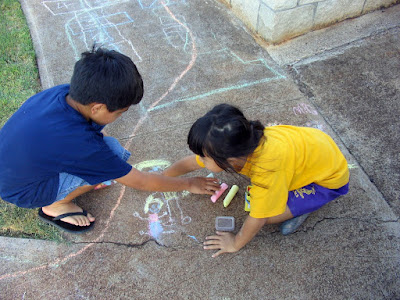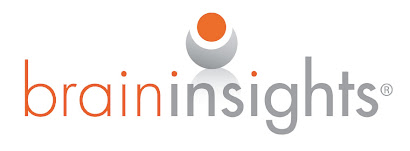Reading with a young child is an experience that develops the brain in many ways. Holding the child close contributes to making brain connections for emotional development. Hearing words in a story leads to making brain connections for strong language development. Reading to a child provides interactive learning in a way that television and DVDs can not do.
So in honor of
Dr. Suess, the following fun activity ideas are centered around the book,
The Cat in the Hat. Each activity also includes
insights to explain how the interaction helps to support brain development. These activities provide additional learning opportunities to enhance reading. They are designed for the way children learn best……. Having fun with you!
Enjoy!
O – 1 Year Olds
Show the baby pictures in the book. Point to and name the object in the pictures.
Brain Insight: A child’s language development is based on the amount of language heard daily. The first three years are the critical time in the brain for learning language.
1 – 2 Year Olds
Name items and have the baby point to items pictured in the book.
Examples: Say, “Point to the hat.” or “Where is the fish?”
Brain Insight: Providing learning experiences in a fun and relaxed way can reduce the level of stress chemicals in a child’s brain.
2 – 3 Year Olds
Have the child play a, “Cat in the Hat” clean up game. Give the child directions to follow to pick up items after playing.
Examples: “Pick up the ball, put it in the toy box and crawl back.” Or, “Put the
book on the shelf and hop back.”
Brain Insight: A following directions activity gives a child’s brain the practice it needs to remember more than one direction.
3 – 4 Year Olds
Have the child walk around trying to balance a book on his/her head, as the cat did in the story.
Brain Insight: Movement activities help get more oxygen to a child’s brain. The brain use over 20% of the body’s nutrients and oxygen. Research shows physical activity positively contributes to learning.
4 – 5 Year Olds
As you read a paragraph in the story, stop and say one of the rhyming words. Have the child say the other rhyming word.
Example: Have no fear said the Cat,
I will not let you fall.
I will hold you up high
As I stand on this ball.
You say “fall” the child will say, “ball”
Brain Insight: By the time a child is five a vocabulary of about 2,500 – 3,000 words can be developed. This is an increase from the 50 words known as a toddler. This only happens when a child has the chance to hear and use lots of words through direct interaction. TV and DVDs do not contribute to language development.
5 - 6 Year Olds
As you read the story, ask questions.
Examples: What do you think will happen next?, What do you think will happen if the Cat in the Hat balances more things?, or What do you think the fish will say about that?
At the end of the story ask, “What would you do if your Mother asked you?”
Brain Insight: Brain development is impacted positively when a child is listened to and responded to while talking. Additionally, the highest thinking areas of the brain are developed through opportunities for the child to imagine.
















